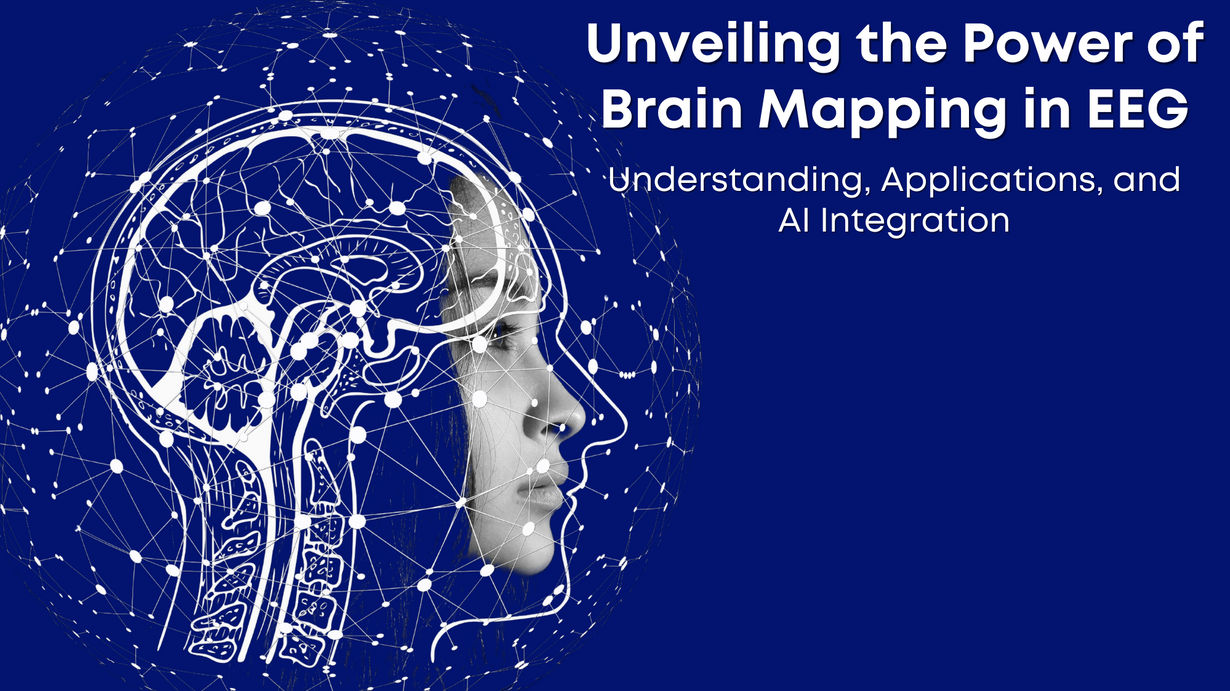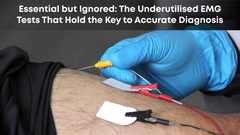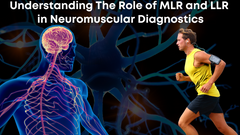Unveiling the Power of Brain Mapping in EEG: Understanding, Applications, and AI Integration
Electroencephalography (EEG) is a non-invasive neuroimaging technique that measures and records electrical activity in the brain. By placing electrodes on the scalp, EEG captures the fluctuations in voltage resulting from the collective activity of millions of neurons. This allows healthcare professionals to analyze brain function, diagnose neurological disorders, and monitor brain activity during various tasks or conditions.
What is a Brain Map in EEG?
A brain map in EEG, also known as a quantitative EEG (qEEG) or brainwave mapping, refers to the process of analyzing EEG data to create visual representations of brain activity across different regions of the brain. These maps provide valuable insights into brain function, connectivity, and abnormalities by identifying patterns, frequencies, and amplitude variations in the EEG signals.
What is the Use of Brain Maps in EEG?
Brain maps generated from EEG data serve several important purposes in clinical and research settings:
> Diagnosis of Neurological Disorders: Brain mapping in EEG helps healthcare professionals identify abnormal brain patterns associated with neurological disorders such as epilepsy, Alzheimer's disease, attention deficit hyperactivity disorder (ADHD), and traumatic brain injury (TBI). By comparing EEG patterns to normative databases or established benchmarks, clinicians can diagnose and classify various neurological conditions.
> Treatment Planning and Monitoring: Brain maps assist in treatment planning and monitoring for patients with neurological disorders. They provide objective measures of brain function and help healthcare providers assess the effectiveness of interventions, such as medications, neurofeedback, or cognitive-behavioral therapy.
> Research and Understanding Brain Function: In research settings, brain maps generated from EEG data contribute to our understanding of brain function, cognition, and behavior. By analyzing brain activity patterns associated with different tasks, emotions, or states of consciousness, researchers can explore the neural mechanisms underlying human behavior and cognition.

EEG - Brain Maps
What Types of Brain Maps are Available?
Several types of brain maps can be derived from EEG data, each providing unique insights into brain function and connectivity:
> Frequency Bands: Brain maps can display the distribution of EEG power across different frequency bands, such as delta (0.5-4 Hz), theta (4-8 Hz), alpha (8-13 Hz), beta (13-30 Hz), and gamma (>30 Hz). These frequency bands are associated with different states of consciousness, cognitive processes, and neurological conditions.
> Topographic Maps: Topographic maps represent the spatial distribution of EEG activity across the scalp, providing information about regional differences in brain function. These maps highlight areas of increased or decreased activity and can reveal abnormalities or asymmetries in brain activity.
> Event-Related Potentials (ERPs): ERPs are brain maps that depict the brain's electrical response to specific stimuli or events. By averaging EEG activity time-locked to stimulus presentation, ERPs isolate and highlight neural processes involved in sensory perception, attention, memory, and other cognitive functions.
> Connectivity Maps: Connectivity maps analyze the interactions and synchronization between different brain regions, revealing functional connectivity networks within the brain. These maps help researchers understand how information is processed and integrated across distributed neural networks.
How AI Integration in Brain Mapping is Evolving the Industry?
The integration of artificial intelligence (AI) and machine learning algorithms in brain mapping is revolutionizing the field of EEG analysis in several ways:
> Automated Analysis and Interpretation: AI algorithms can automate the process of EEG analysis, including artifact detection, feature extraction, and pattern recognition. This accelerates the interpretation of EEG data, reduces the burden on healthcare professionals, and enables more efficient diagnosis and treatment planning.
> Personalized Medicine: AI algorithms can analyze large datasets of EEG recordings to identify patterns and biomarkers associated with specific neurological disorders or treatment responses. This allows for personalized medicine approaches, where interventions can be tailored to individual patients based on their unique EEG profiles.
> Predictive Modeling: AI algorithms can predict clinical outcomes or disease progression based on EEG data, helping healthcare providers anticipate and proactively manage neurological conditions. By identifying early warning signs or risk factors, AI-enabled brain mapping contributes to early intervention and preventive strategies.
> Advanced Brain Network Analysis: AI techniques facilitate complex network analysis of EEG data, allowing researchers to explore the dynamic interactions and connectivity patterns within the brain. This deepens our understanding of brain function, network dynamics, and the pathophysiology of neurological disorders.
Conclusion:
Brain mapping in EEG provides invaluable insights into brain function, connectivity, and abnormalities, offering diagnostic, therapeutic, and research applications in neurology and neuroscience. From diagnosing neurological disorders to understanding cognitive processes and predicting clinical outcomes, brain maps derived from EEG data play a pivotal role in advancing our understanding of the brain and improving patient care. With the integration of artificial intelligence and machine learning algorithms, EEG analysis is poised to enter a new era of innovation, efficiency, and personalized medicine, unlocking new possibilities for brain research and healthcare.












